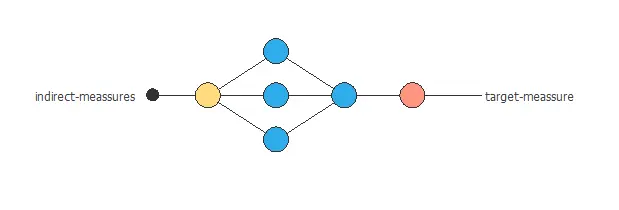Virtual sensors use machine learning to estimate variables that would otherwise require physical measurement.
They process existing data to calculate the quantity of interest, avoiding the need for extra hardware.
This provides accurate and reliable information at a lower cost.
As a result, companies gain an efficient alternative to traditional instrumentation.
Objectives
Virtual sensing aims to model our target variable, thereby eliminating the need for physical measurement.
The challenge is to get the correct variables for our model to predict the quantity of interest.
Benefits
It enables the acquisition of measures using a machine learning model, thereby reducing costs and work hours, as these measures are typically obtained in a laboratory.
 REDUCE COSTS |  SAVE TIME |
Approach
Virtual sensing involves creating an approximation model that takes in input variables related to our target and estimates the latter.
Neural networks can model the correct values of the target variable, so we don’t need to take physical measures.

That allows saving costs and time on the acquisition of measurements.
Conclusions
Virtual sensors save companies money and time by turning measurements into software tasks.
This improves planning and decision-making.
Neural Designer uses machine learning to build predictive models for virtual sensing.
Together, virtual sensors and machine learning offer a reliable and cost-effective alternative to physical measurements.




